Cinema and Travel
An Intricate Connection of Experiences and Dreams
Cinema and travel are two parallel worlds that intertwine in a captivating embrace, taking the viewer on a journey through time, space, and imagination. Both share the ability to transport us to distant places, explore diverse cultures, and allow us to daydream with our eyes wide open. In this article, we will explore the profound connection between cinema and travel, and how these two passions mutually influence each other.
Travel as a Source of Inspiration for Cinema
Cinema, since its inception, has drawn inspiration from travel and human adventures. Films like “Into the Wild” take us to the remote lands of Alaska, while “Lost in Translation” immerses us in the bustling nightlife of Tokyo. The physical journey of the characters often represents an inner journey, an opportunity for personal growth and self-discovery.
Travel films often capture the beauty of exotic locations, such as the beaches of Bali in “Eat Pray Love” or the peaks of the Alps in “The Sound of Music.” These films not only make us yearn to visit these places but emotionally transport us, making us feel as if we were there.
Cinema as a Means to Explore the World
For those who cannot physically travel to distant places, cinema provides a window to the world. Films like “Amélie” immerse us in the life of Paris, while “Spirited Away” introduces us to Japanese culture and its myths. Thanks to cinema, we can explore different countries, cities, and cultures without ever leaving our couch.
Cinema also shows us the darker side of travel, addressing themes like loneliness (“Cast Away”) or the dangers of adventure (“127 Hours”). These films remind us that travel is not always a walk in the park but can also involve challenges and sacrifices.
Travel as a Metaphor for Life Itself
In addition to being a source of inspiration and a means to explore the world, travel is often a powerful metaphor for life itself. Films like “Forrest Gump” teach us that life is an unpredictable journey, full of ups and downs, and that what matters is to keep moving forward. “The Secret Life of Walter Mitty” reminds us that we must step out of our comfort zone to discover the beauty of life.
In conclusion, cinema and travel are two sides of the same coin. Cinema allows us to travel through the screen, explore new worlds, and face emotional and physical challenges alongside the characters. At the same time, physical or inner travel is an endless source of inspiration for cinema, fueling compelling stories and unforgettable adventures. Together, cinema and travel offer us an extraordinary way to explore the world and ourselves. So, pack your bags and grab the remote control because the next great cinematic journey might be just one film away.
To read more article click here
Check out our latest film platform!



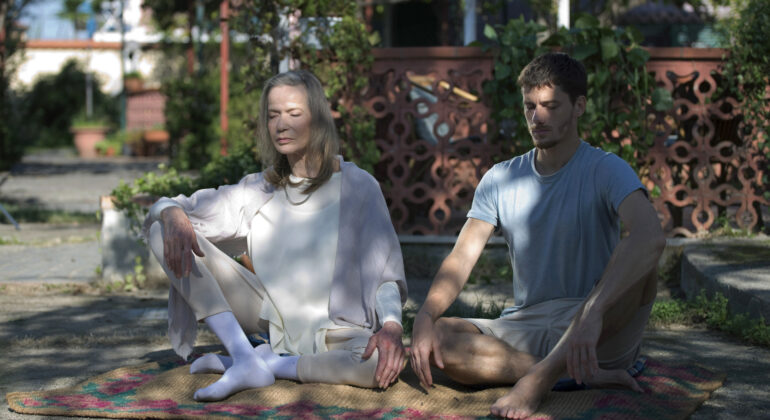
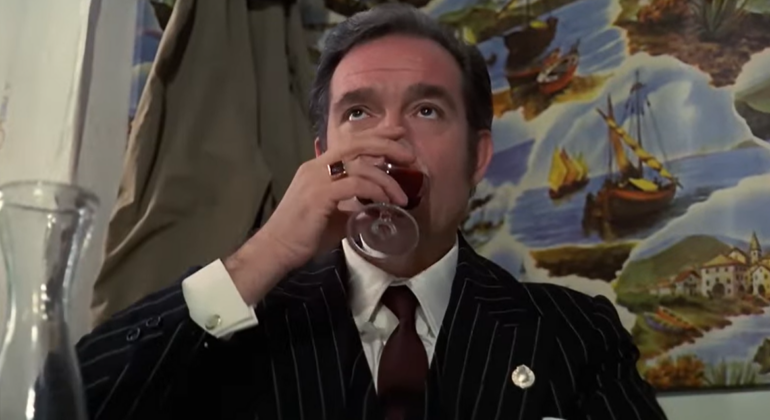
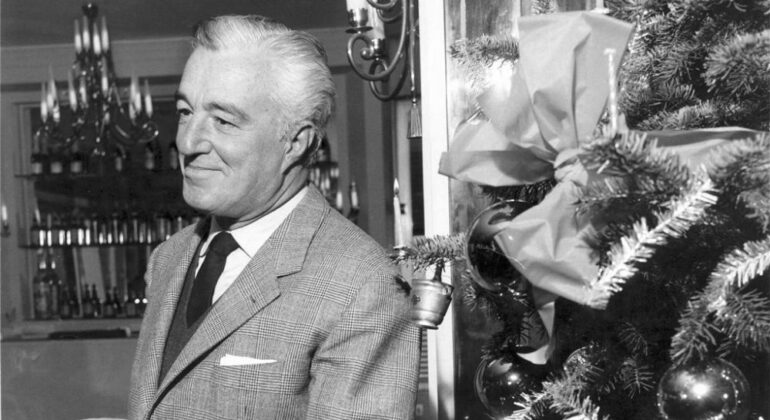


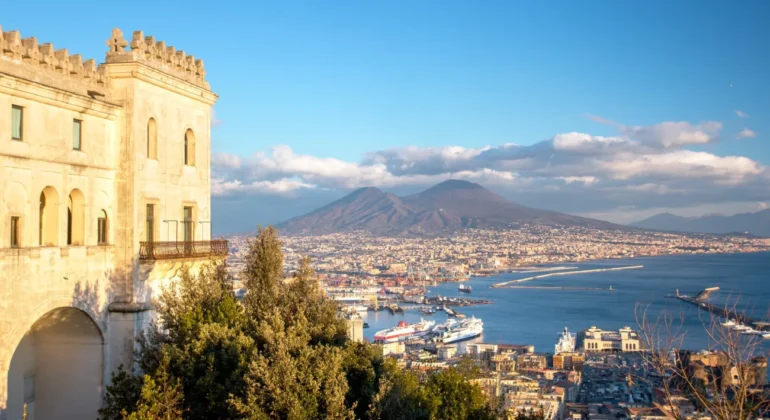
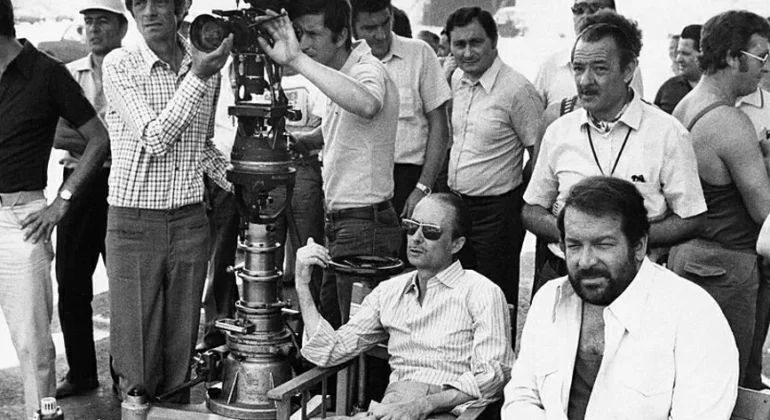


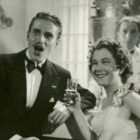
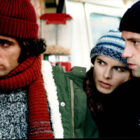


Recent Comments